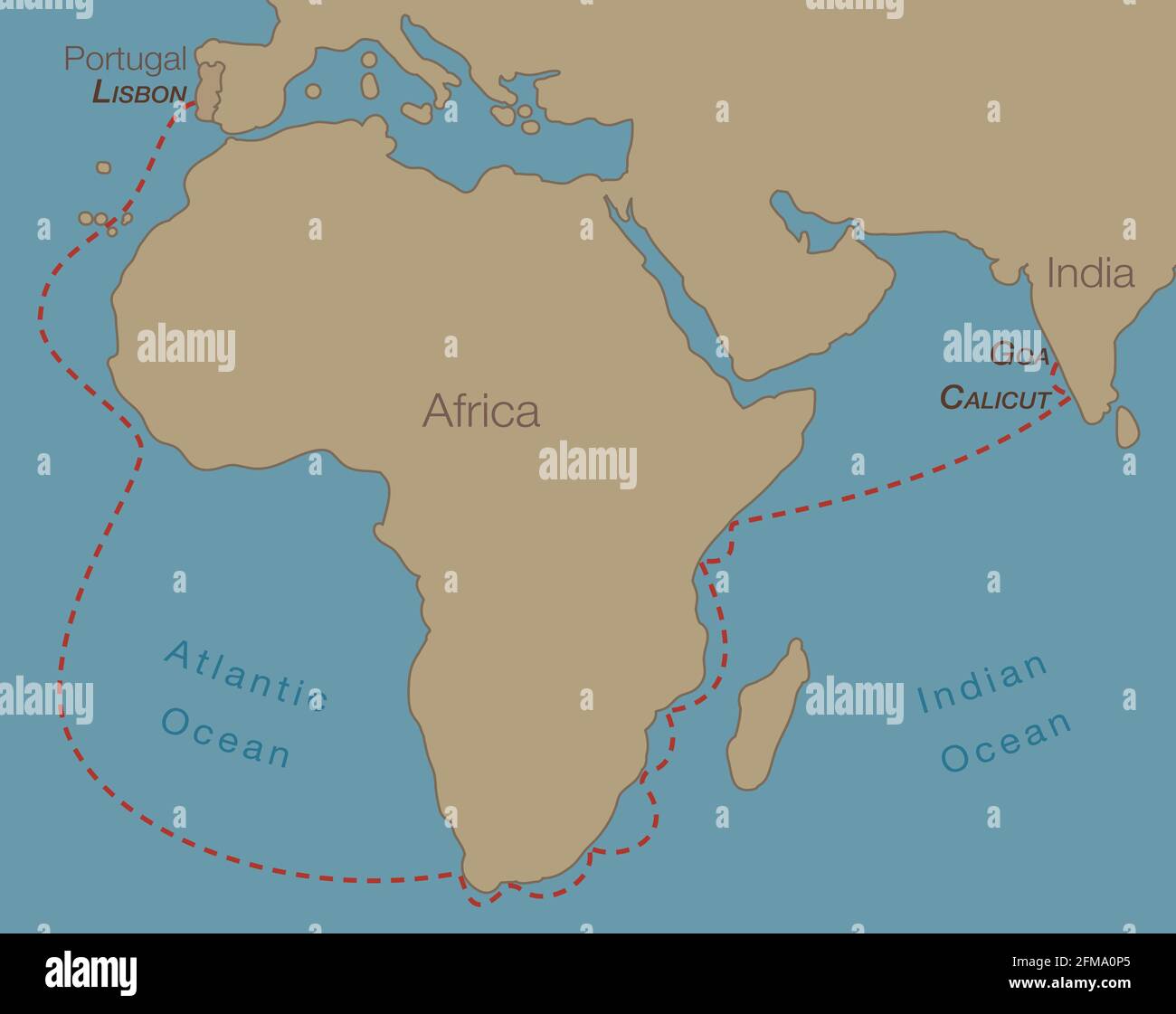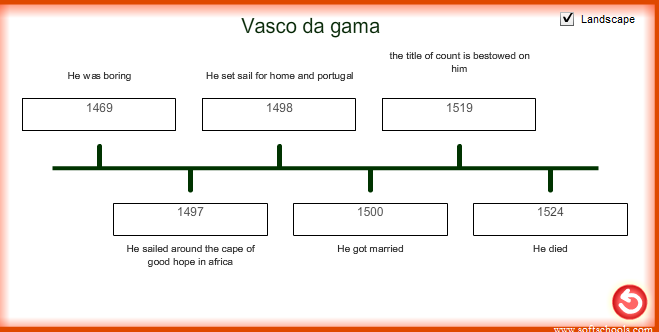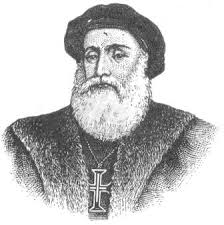
It is thus unlikely that this migration had much of a lasting impact on the Horn of Africa. However, once the main body of Muslims had migrated from Makkah to Yathrib (which was thereafter known as Medina) and had defeated the Quraysh at the Battle of Badr, those Muslims who had settled in Abyssinia returned to Arabia to join their co-religionists in the new City of the Prophet. As a result, while in Abyssinia, the Muslims enjoyed the protection and favour of the ruler, Nejashi Ashamah, who was reportedly moved by the similarities between his Christian faith and the teachings of Islam, and who professed his belief in the Prophethood of Muhammed ﷺ.

The Axum (or Abyssinian) Kingdom was ruled by a Nejashi (or Negus) and had been Christian since the fourth century. This was later followed by a second migration, consisting of eighty-three men and either eighteen or nineteen women. The first group to make the Hijra to Abyssinia consisted of just twelve men and four women, including ‘Uthman ibn ‘Affan رضي الله عنه and his wife Ruqayyah رضي الله عنه who was the daughter of the Prophet ﷺ. Whereas the Prophet Muhammed ﷺ first set out to preach to the people of Ta’if, approximately 60 kilometres away from Makkah, in the tenth year of Prophethood, followed in the next year by the acceptance of Islam by six men from Yathrib (which would later serve as the headquarters of a Muslim state stretching from East to West), a small group of Muslims had migrated to Abyssinia as early as the fifth year of Prophethood. The earliest presence of Muslims in Abyssinia (or what is now known as Ethiopia) predates the spread of Muslims and Islam out of Makkah to the rest of the Arabian Peninsula itself. It should however be kept in mind that a certain degree of overlap existed between them, especially with regards to the external factors that played a role in shaping their destinies. For practical purposes, this narrative will be divided into two sections: the Horn of Africa, and the East African Coast.

The purpose of this essay is to provide a brief summary of the history of Islam in East Africa, from the advent of Islam right up to the beginning of the twentieth century. Insomuch as these contemporary developments are influenced by historical processes, a detailed study of the development of Islam in East Africa may carry not only historiographic value but practical value as well. Islam moreover continues to play a major role in social and political developments in East Africa.

The history of Islam in East Africa is a long and rich tale stretching back almost to the very inception of Islam.


 0 kommentar(er)
0 kommentar(er)
